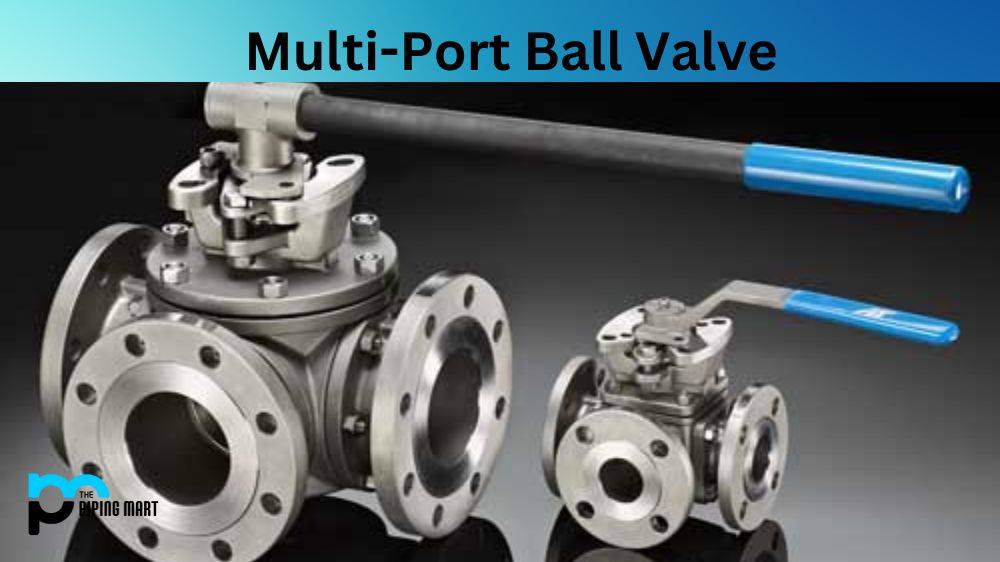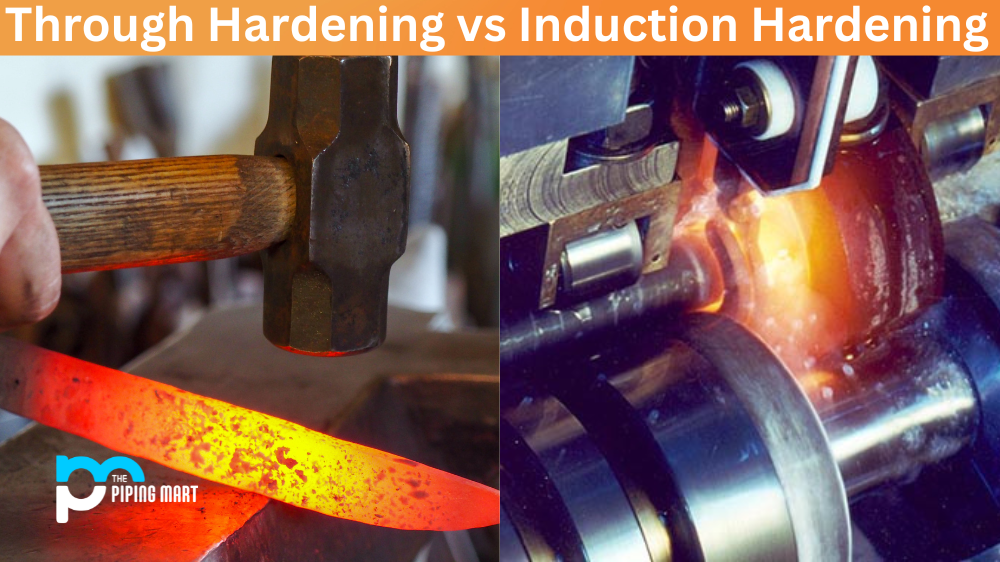When managing fluid processes, multi-port ball valves have become increasingly popular in recent years. Thanks to their impressive and versatile design, they have been utilized across different applications in various industries. In engineering and mechanics, ball valves are considered one of the most popular choices in modern-day fluid transportation. However, like most items we use in our daily lives, multi-port ball valves come with their own set of advantages and disadvantages. This post will take a closer look at these benefits and drawbacks so you can make an informed decision when choosing whether or not to use them.
Advantages of Multi-Port Ball Valve
Improved flow control: Multi-port ball valves are designed to minimize the pressure drop and improve flow control within the system. They feature a smooth and consistent flow path that results in minimum fluid distortion, making it easier to regulate the amount of flow.
More compact design: Multi-port ball valves come in a much more compact design compared to traditional valves. This means they take up less space and can be fully integrated into the fluid transportation system, making them a popular choice in space-limited applications.
Cost-effective: Despite their compact design, multi-port ball valves remain one of the most cost-effective solutions for fluid transportation. They have fewer parts, meaning less maintenance and are generally cheaper than other valves.
Suitable for multiple applications: Multi-port ball valves can be used in many applications, making them the perfect choice for many industries. This includes pharmaceuticals, chemical processing, petrochemicals, and food and beverage industries.
Disadvantages of Multi-Port Ball Valve
Limited visibility: One major drawback of multi-port ball valves is the need for more visibility regarding leak detection. Since the valve is often mounted in hard-to-reach places, locating and repairing leaks promptly can be challenging.
Complex design: While multi-port ball valves are generally smaller and cheaper than traditional valves, their design can be quite complex and challenging to integrate into an existing system. This can make installation time-consuming and require specialized skills and knowledge.
Restricted flow capacity: One of the drawbacks of multi-port ball valves is their restricted flow capacity. The bypasses on multi-port ball valves can limit the flow capacity of each port, thus affecting the entire system’s performance.
Conclusion:
Multi-port ball valves offer a range of benefits that make them a popular choice for fluid transportation applications. Their improved flow control, compact design, cost-effectiveness, and versatility make them attractive. However, it’s essential to consider the disadvantages before incorporating them as a part of your fluid process management system. Their limited visibility, complex design, and restricted flow capacity can be limiting factors that must be considered before use. Therefore, it’s critical to weigh both the advantages and disadvantages of multi-port ball valves and determine if they suit your needs.
Rachana is a dedicated and ambitious young woman who has made a name for herself in the metal industry. From her earliest days in the industry, Rachana showed a natural talent for problem-solving and a keen eye for detail. In her free time, She enjoys reading up on the latest advancements in the industry, as well as exploring new ways to innovate and improve upon existing processes.




